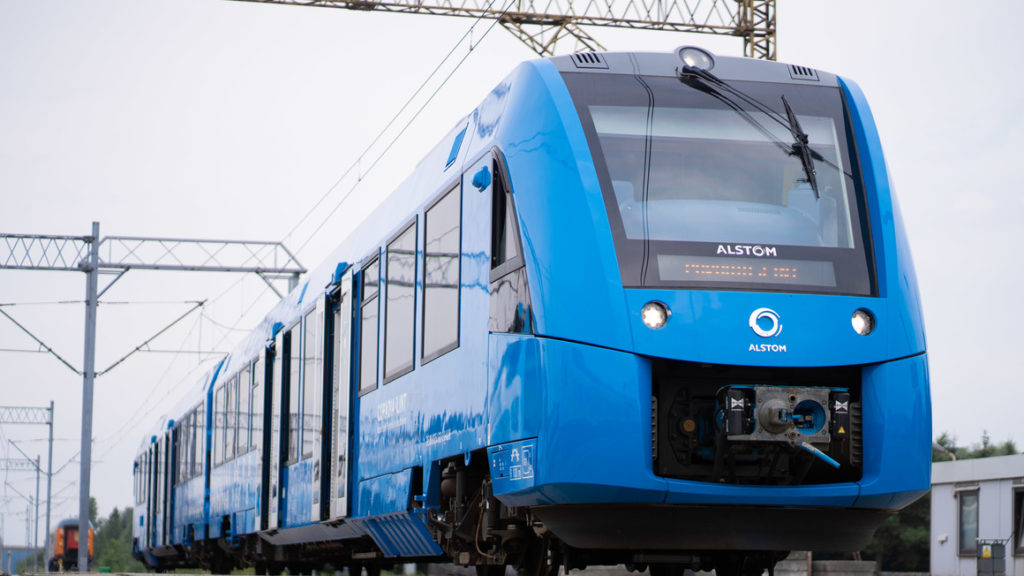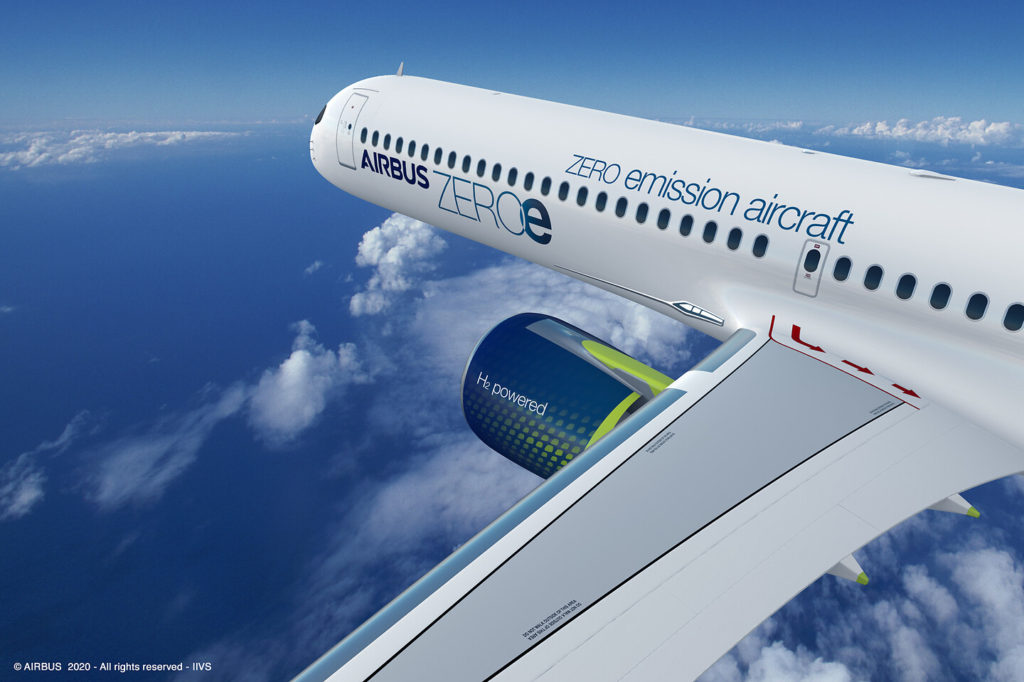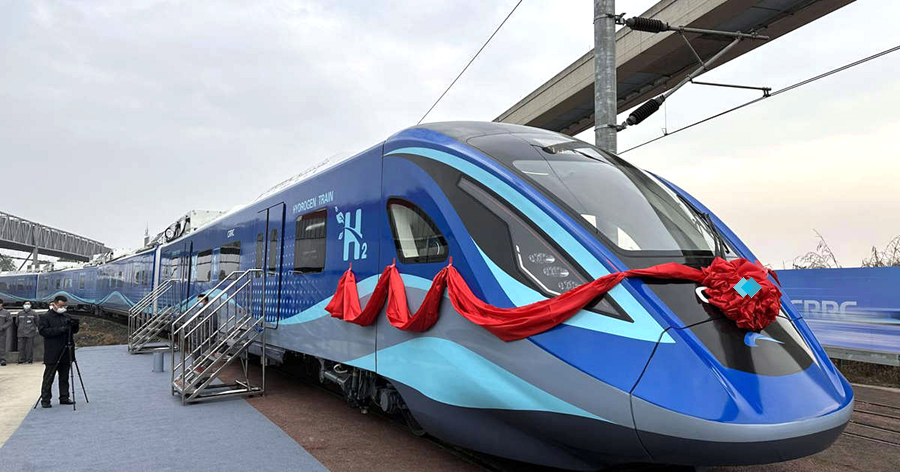Cover image: Roman from Pixabay
We are amid an energy transformation, a quest to find a clean and renewable source of power, and hydrogen, one of the most promising sources, can revolutionise how we access, store and use energy while providing environmental benefits.
The potential of this source is limitless and offers an actual solution to reducing the effects of transport on our surroundings; one kg of hydrogen can do the same as 4.5 kg of diesel. Apart from being more powerful, the result of the combustion process is only steam and condensed water.
The demand for renewable energy sources is growing, and as expected, the race in this field has already begun, and nobody wants to be left behind. With countries like Germany, China, India, and the United States investing in this technology, it’s no surprise that this competition is heating up.
Let’s dive into some of the most interesting developments in this area.
Today’s Focus of Attention is reader-supported. We sometimes include products we think are useful for our readers. If you buy through links on this page, we may earn a small commission.
Germany – August 2022
First Hydrogen-Powered Trains

Germany is at the forefront of green energy use with its new and first ever rail line entirely run on hydrogen, with fourteen cars moving in Bremervörde, in Lower Saxony.
These modern trains, going at a top speed of 140 km/h, can travel for an entire day on a single tank of hydrogen, covering about 1,000 kilometres. The railroad will have at its disposal a filling station on the line to keep the engine running.
This 93 million Euro project became a reality thanks to the efforts of LVNG, a state subsidiary, Alstom, builders of the trains, and Linde, a gas and engineering company.
Frankfurt is the next stop for these trains, where 27 have already been ordered for the metropolitan area. Italy is also on the list, with six units for the northern Lombardy region in the shopping cart, and France with 12.
France – November 2022
Hydrogen-Powered Aeroplanes
Aviation has been a pillar of modern life for over a century. But till now, planes have relied on fossil fuels to fly to the skies and move from one latitude to another.
The demand for air travel is rising, bringing, of course, an increase in fuel consumption. The aviation industry accounts for 2.5% of global CO2 emissions and has been under pressure to decarbonise itself.
With the ever-growing interest in sustainable energy sources, many are turning to hydrogen, which is seen as a significant leap towards reducing green-house gases.
Airbus, the French aviation giant, announced the development of a hydrogen-powered fuel cell engine in November 2022, with plans to test it on the largest commercial aeroplane ever, the A380.
This move is part of Airbus ZERO initiative, which aims to launch a zero-emission plane by 2035.
Airbus had previously revealed designs for aircraft using liquid hydrogen fuel and combustion engines in the past, but they were only powerful enough for small jets.

China – December 2022
Asia’s First Green Urban Train

China launched the first urban line powered by hydrogen fuel cells on December 28, 2022, in Xinjin, Chengdu, becoming the only country in Asia to do so.
It has a capacity of 1,502 passengers and features such as intelligent monitoring sensors, 5G train to ground communication, and optimal safety standards. It was co-developed by CRRC Changchun Railway Co and Chengdu Rail Transit.
With four cars, a range of 600 km, and a top speed of 160 km/h, this rail line will play an important role in lowering CO2 emissions, while moving the country towards a greener future.
China’s National Energy Administration stated that they also intend to introduce at least 50,000 hydrogen fuel cell vehicles by 2025, produce more renewable energy, and increase the number of refuelling stations, which is currently around 270.
Germany – January 2023
Hydrogen Engine for Petrol Cars
Six months ago, the German car maker Porsche started working on a digital hydrogen power plant that could fit into its luxury sports car, to match the performance of a 4.4-litre eight-cylinder engine.
The prototype worked well. To execute this project, the company used sophisticated virtual engine simulation and the digital data set of petrol-powered engines to determine what hydrogen needed to equal its petrol counterpart.
The solution was to create a new turbocharging system which, in order to produce a clean combustion of hydrogen, had to provide twice as much air mass as in petrol engines.
Although the investigation was successful, this hydrogen engine is unlikely to be produced at the moment. But this series of tests present other ways to adapt hydrogen fuel to internal combustion engines.

The race in the hydrogen energy sector is on, and it’s only getting started. Governments are providing incentives and subsidies to encourage investment in this sector and companies are vying for a piece of the pie.
Hydrogen’s fate is not yet determined, and it may encounter numerous problems along the way. However, with the right investments and plans, hydrogen will have a bright future.
This is an exciting time for this industry, and we can’t wait to see what lies ahead.
Do you think hydrogen is superior to batteries and nuclear energy?
Please leave your comments.


